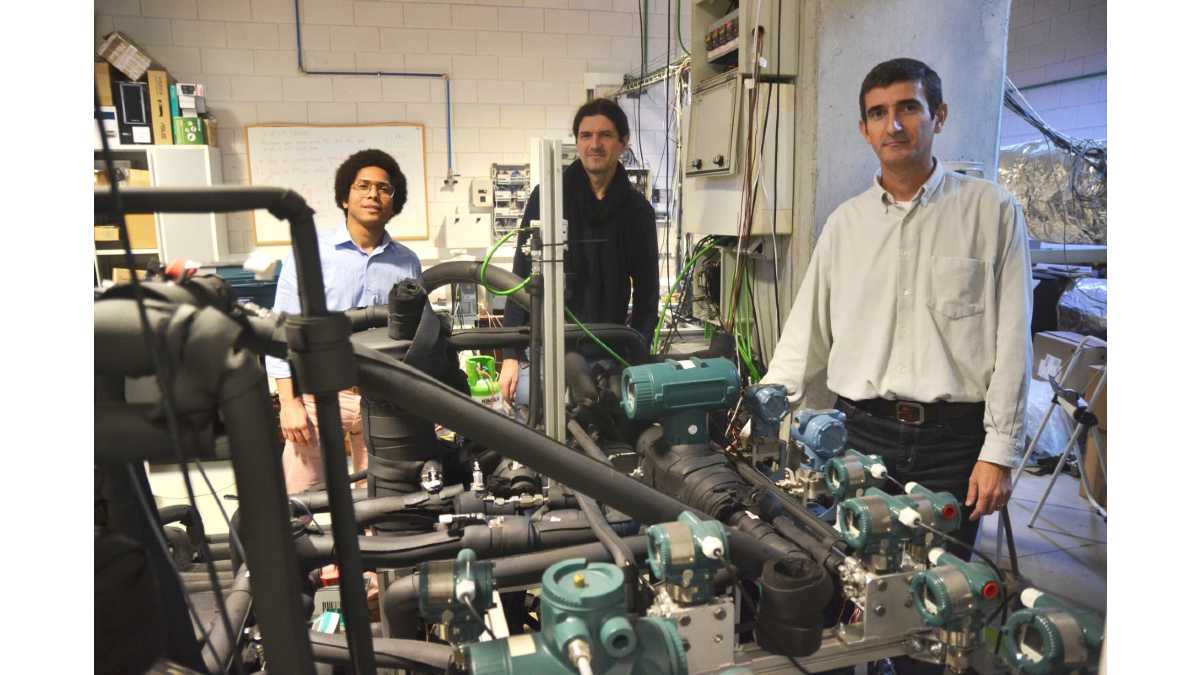 Spain. The Polytechnic University of Cartagena (UPTC) has been developing, through a group of researchers, a heat pump that uses CO2 as a refrigerant.
Spain. The Polytechnic University of Cartagena (UPTC) has been developing, through a group of researchers, a heat pump that uses CO2 as a refrigerant.
The theoretical and experimental study of different configurations of the system and the optimal pressure with which this refrigerant should work has been the main contribution of the doctoral thesis of the Dominican Víctor Francisco Sena Cuevas, at the Polytechnic University of Cartagena.
"CO2 is a natural refrigerant that has a very low environmental impact since it exists in nature or can be obtained as a by-product in industrial processes so its use is suitable from this point of view. Unlike other refrigerants, it is not toxic or flammable and has a thermal properties very suitable for applications in heat pumps", explains José Ramón García Cascales, who has directed the doctoral research together with Fernando Illán Gómez. "Its main drawback is that the working pressures are high and that in many cases there is no condensation process, as in general happens in these systems, which has made you distrust these heat pumps," he adds.
The research group Modeling of Thermal and Energy Systems has been working for years on the development and improvement of heat pumps for the generation of hot water for domestic hot water and heating with different refrigerants. They are currently carrying out the complete characterization of the refrigerated pump with CO2, after having incorporated a control system that is based on the optimal pressure expressions developed by Víctor Sena in his thesis. This work has been funded by the Ministry of Economy, Industry and Competitiveness through the ENE2017-83665-C2-2-P project, as well as with ERDF funds.
The high efficiency of heat pumps leads to them being considered as renewable sources of energy if they have an average seasonal yield of more than 2.5 units of heat per unit of electrical energy consumed, so their use is very interesting for the generation of hot water and comparable with technology based on solar thermal collectors with natural gas support.
They have also made them considered as renewable sources if they have an average seasonal yield of more than 2.5 when electrically powered. This means that for each unit of electrical energy consumed by the system, it generates at least 2.5 units of heat on average, which makes it very interesting to use it for the generation of hot water and that it is a technology comparable to the already conventional system based on solar thermal collectors with natural gas support.
The incorporation of renewable energies for the generation of domestic hot water is mandatory in new buildings since the entry into force, more than a decade ago, of the last Technical Building Code in Spain.
Source: UTPC.














